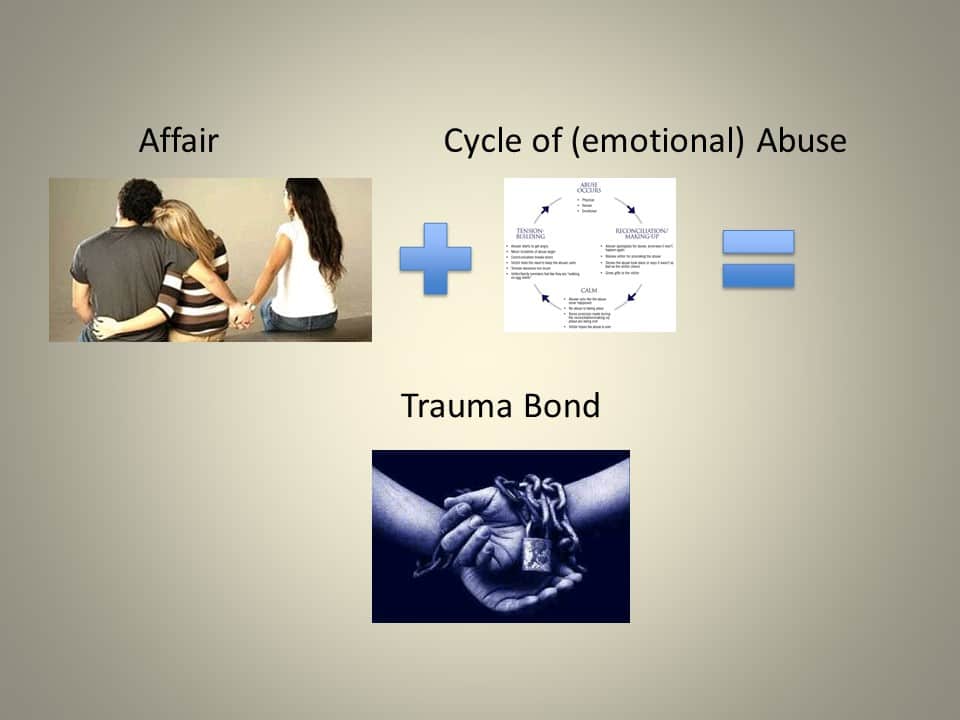The role of trauma in a relationship between the psychopath and the victim
The environment in which a child is raised play a big role in the creation of a psychopath as well as the victim. According to research, there is always a disconnection or some form of abuse or neglect from parents in the childhood of a psychopath as well as victims of psychopaths who are most likely to be an empath. ‘Primary psychopathic traits in men related to controlling mothers and avoidant attachment’ (Blanchard & Lyons, 2016).
What attracts the psychopath to the empath is the sweet, kind and full of life and willingness to give qualities of an empath in which none of these traits exist in a psychopath.
The psychopath’s way of dealing with their childhood trauma is to suck the life from others because they themselves feel hollow inside. On the reverse, empaths seek out to give love in order to feel worthy of being loved back, and again this traces back to their childhood.

In the book ‘Snakes in Suits-When Psychopaths go to work’ by Robert Hare, Hare mentions the technique in which psychopaths use to manipulate their victims in Chapter 3 and 4.
Hare and Babiak describe the three-phase process of the psychopath in their game of manipulation in which they do it in a very natural and instinctively manner, making them the best liar of all. Psychopaths are addicted to draining energy out of their victims to feel good about themselves, however, the worst of all victims are the spouse or those in a relationship with the psychopath.
Phase 1: The psychopaths would scout for the perfect victim in which they would test their targets for their vulnerability and weaknesses, such as telling a sad story about their lives and observe the target’s response. If the target sympathizes with them, they will continue to evaluation process until they’ve chosen that this is the right target for now.
Phase 2: Once the target has become a potential victim, the psychopath begins to earn their trust through a constant feeding of ‘carefully crafted messages, while constantly using feedback from them to build and maintain control.’ (Anderson, 2006) But in a romantic relationship, the psychopath would use the technique of ‘love-bombing’ as well as earning trust from the potential victim.
Third Phase: This is called ‘the discarding phase’, it is when the psychopath is bored and done with the victim. But as psycopaths are addicted to a constant feed of self-worth and grandiousity, they make sure that they can always go back to their victims so they use a technique called ‘trauma-bond’. Similar to Stockholm Syndrome, a state in which the captive developes a bond with the captivator as a survival strategy during their captivity, the victim in a relationship with a psychopath develops a trauma-bond manipulated by the psychopath. This is achieved by giving attention and love to the victim for a period of days and then disapppear, and when they return they would have an excuse that they use with all their victims (usually vaugue and avoids answering the question in a highly skilled way) or otherwise they would ‘gas-light’ the victim into believe it is the victim’s fault that caused them to disappear. This is a cycle, and the psychopath would gradually increase the amount of days they neglect the victim, making the victim confused, feeling worthless and blaming themselves and awaits the return. In the meantime, the psychopath is already looking around for a new target and once they have found a target that could replace the current, they would just discard the current victim with no explanations.
So how does the victim who have just been discarded from a psychopath cope? It is a very painful and difficult process that requires time for them to really heal and not to jump into a new relationship which can possibly be with either a narcisssist, a psychopath or a sociopath.
Some of the ways in which the victims can heal are;
- Giving self-love as this is very important in the recovery. It is necessary for the victim to feel worthy by themselves without the need for justification from others and especially from the psychopath.
- No contact with the psychopath, if possible change phone number and block the person from all the social network platforms.
- Find hobbies and making new and healthy relationships with others, such as joining support group.
If you are interested in this subject here are some of the books and video links I recommend:
- https://www.youtube.com/watch?v=I3EAh7-bXjk (Jenna Stauffer and Sandra L. Brown on Psychopathy and Pathological Love Relationships)
- ”Snakes in Suits’ : When Psychopaths Go To Work’, Robert D. Hare & Paul Babiak ( Book, also available as audio book)
References:
- Anderson, D. (2006, june 18). How psychopaths manipulate their victims. Retrieved from lovefraud.com: https://lovefraud.com/how-psychopaths-manipulate-their-victims/
- Bartol, C. &. (2016). Criminal Behavior ‘A Psychological Approach’ (11th ed.). (11th ed.). Boston: Pearson
- Blanchard, A., & Lyons, M. (2016, Jan). Sex differences between primary and secondary psychopathy, parental bonding, and attachment style. PsycARTICLE, 10 (1), 56-63. Google Scholar.